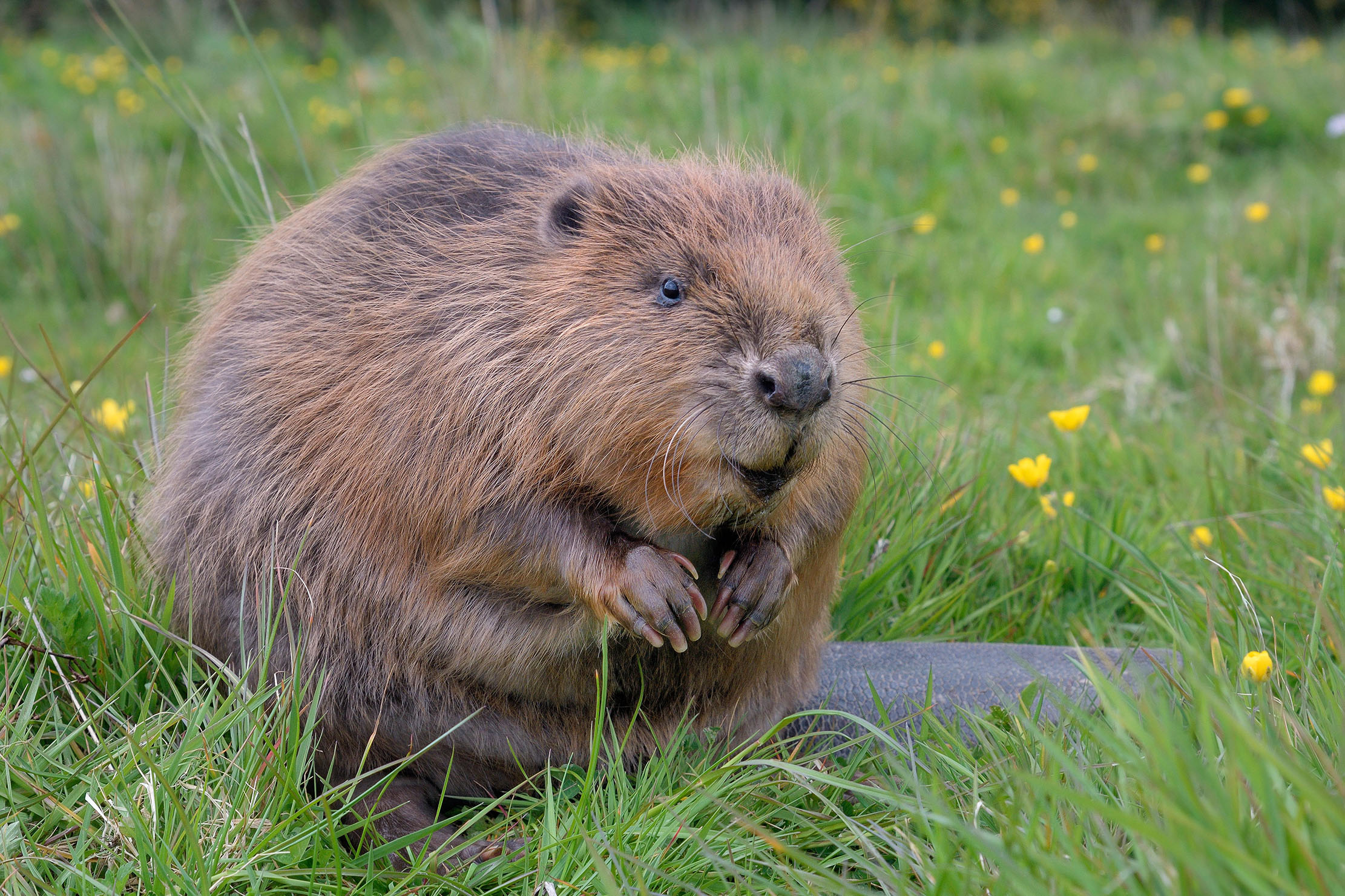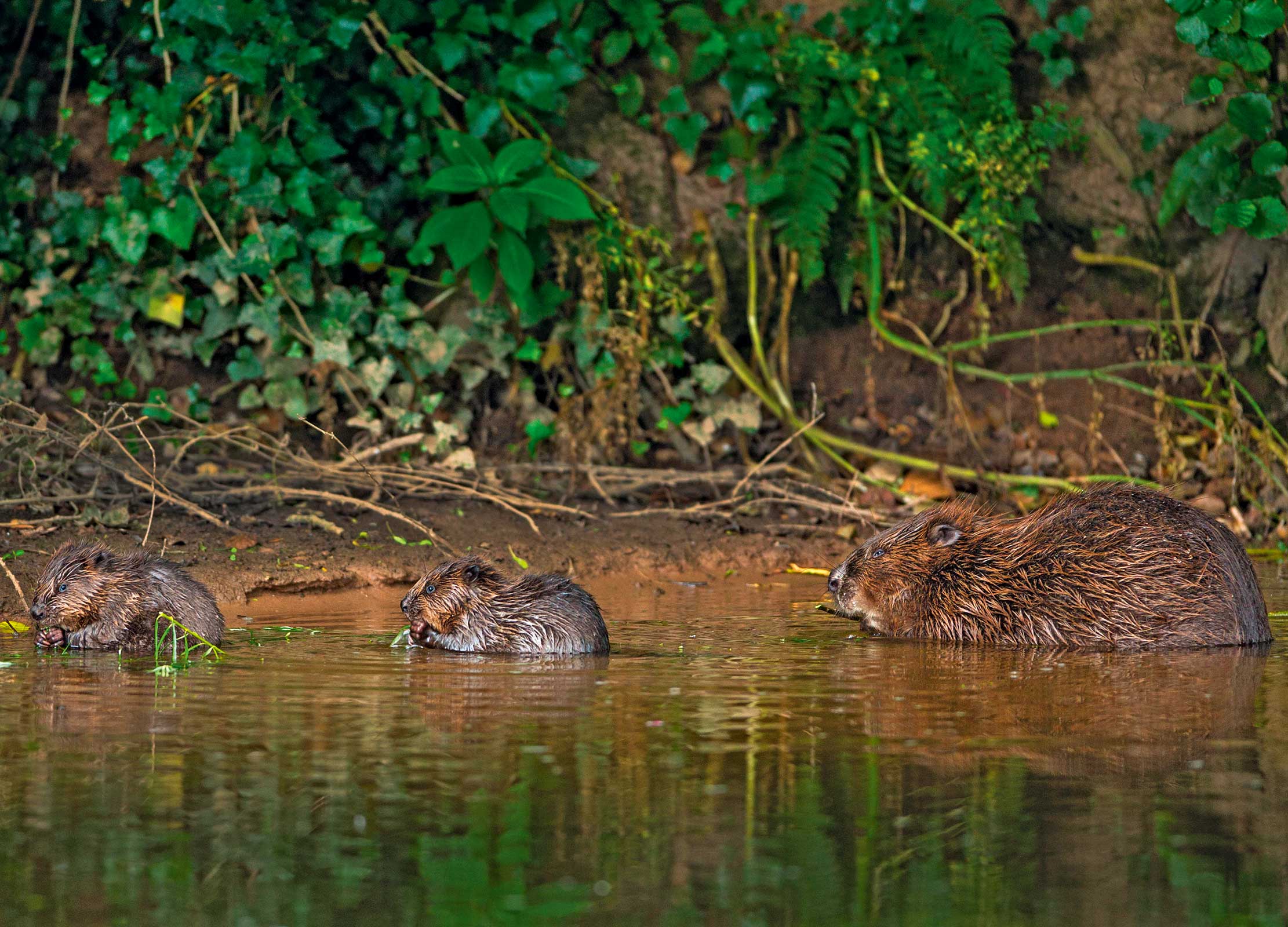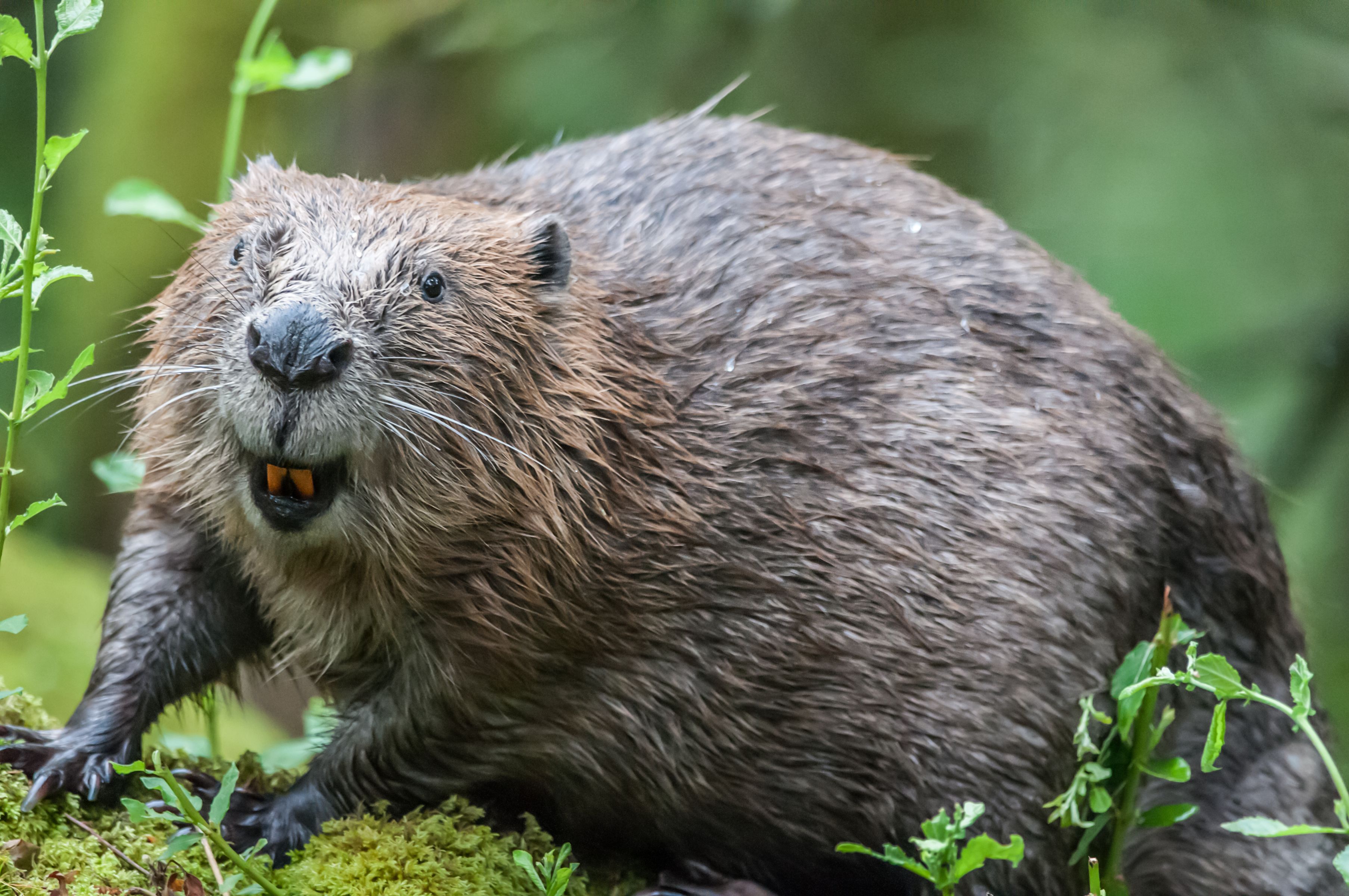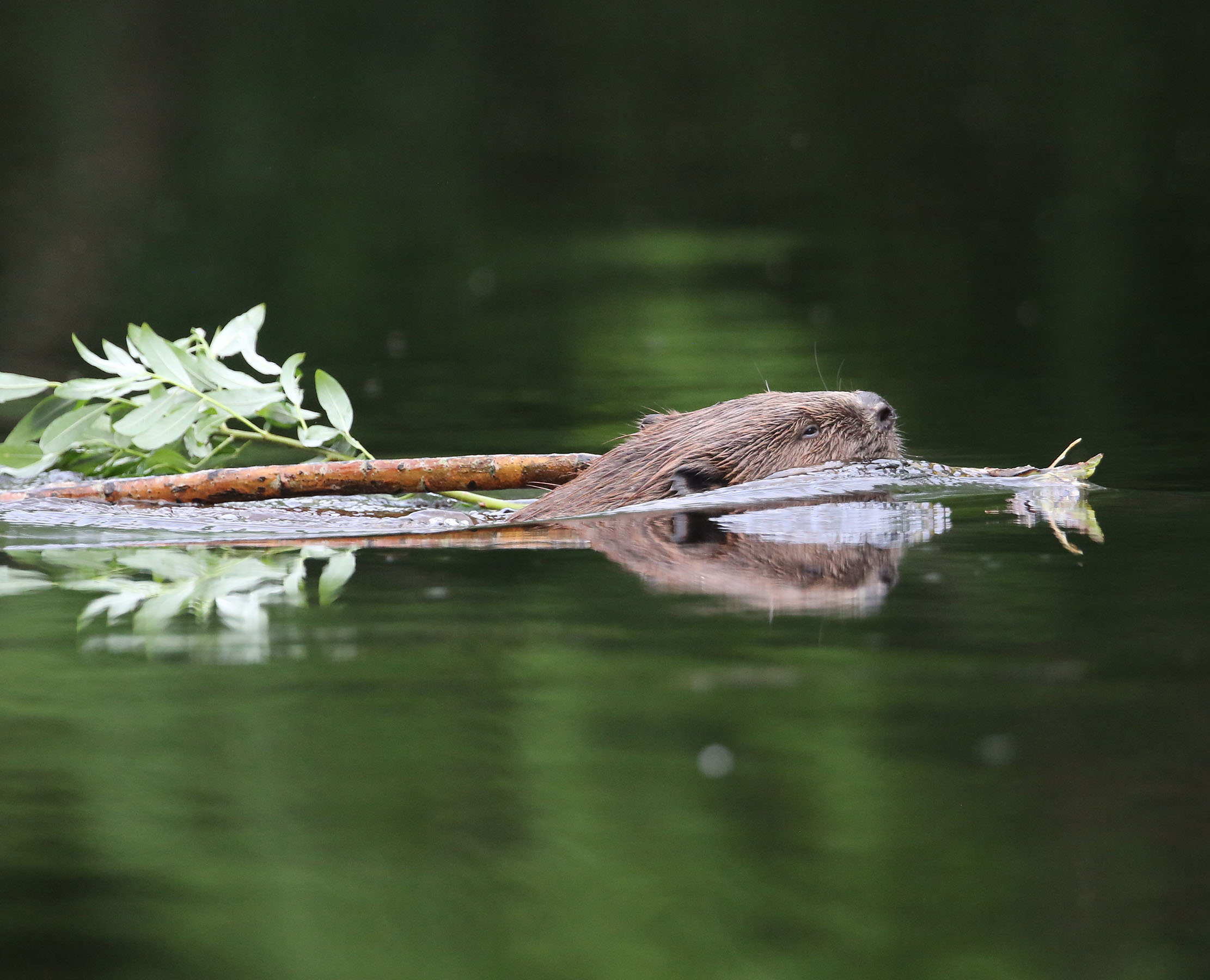Beavers discovered living on River Avon, 400 years after they were supposed to have gone extinct
Beavers have been reintroduced in some areas of the country — but not yet around the Avon near Bristol. Somebody clearly forgot to tell the beavers that, however, as James Fisher reports.


A community of ‘at least’ 50 beavers has been discovered in the River Avon near Bristol, surprising researchers, Natural England said last week. The announcement was made in a report from the Government body that was commissioned after one family was discovered during the covid lockdown of 2020–21. As a result, a full-scale survey was commissioned, covering some 175 miles of the Bristol Avon and its tributaries in Somerset and Wiltshire.
What the researchers found was astounding, with some 13 different established beaver families found that appear to have been there for years. About 20 dams were also discovered across a number of rivers, including the Somerset Frome, By Brook and Semington Brook. Before the first beaver was spotted in 2020, it was not believed that any of the animals had been living in the Avon and its catchment area since they had been hunted to extinction in the 16th century.
Furthermore, Natural England admits that its estimate of the beaver population (about 49, excluding kits) might be on the low side, as burrows can be well hidden and researchers couldn’t access parts of the Avon and other rivers. The report suggested that beavers may have been living there from as early as 2016.
The discovery has prompted suggestions that the beavers were released into the river illegally. ‘Across the south of the UK and in Tayside in Scotland beavers mysteriously appeared over these past decades. These are known to have been deliberate and illegal, unlicensed species introductions,’ says Dr Tom Cameron, a senior lecturer on ecology at the University of Essex. ‘Like many, I support the reintroduction of beavers into the UK, just not illegally. I fear doing so undermines having “zero tolerance” for rural crime in all its guises. There is a risk it endangers the beavers themselves — if crime is acceptable, then someone could go out and cull them — I mean, why not, if they were released illegally?
‘I also think it damages the reputation of legal beaver-reintroduction projects, and those schemes that are looking at other controversial but realistic species reintroductions, such as lynx. We need people of all walks of life on board, especially those who will share their homes and workplaces with these wonderful animals. Illegally releasing them is asking to create conflict where none need exist.’
Natural England noted that the beaver population in the Avon is in its ‘early-establishment’ phase and that is why ‘few management issues were noted’. It added ‘such issues may increase and a mitigation approach to dealing with these will be needed if we are to live alongside these animals and realise the benefits that they can bring to our environment’.

The return of beavers to Britain: Will it work, and who will be the winners and losers?
Beavers are set to be reintroduced to England, four centuries after being killed off in the country — but will
Exquisite houses, the beauty of Nature, and how to get the most from your life, straight to your inbox.

Beavers back in Sussex for the first time in 400 years
Thanks to the Sussex Wildlife Trust and the Knepp Estate, beavers will once more be seen in the the Adur

Is the time right to reintroduce beavers across Britain? Maybe, but it must be done carefully
Country Life's leader article from the June 17 issue takes a look at the benefits and pitfalls of bringing beavers

James Fisher is the Digital Commissioning Editor of Country Life. He writes about motoring, travel and things that upset him. He lives in London. He wants to publish good stories, so you should email him.